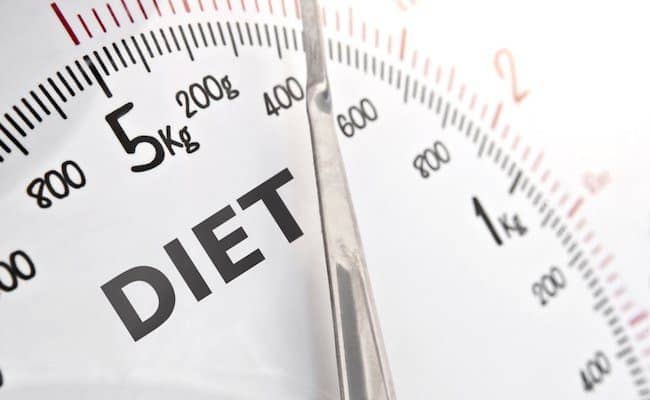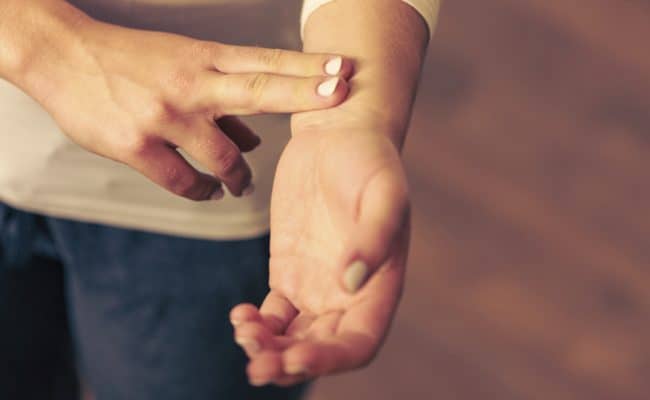
How many calories you burn at rest depend on several factors. You can estimate your body’s calorie needs at rest (BMR) through plugging in your numbers from age, weight, height, sex and activity level into our BMR calculator below.
The body uses calories for many purposes: to move our muscles, regulate body processes, make new cells and transport nutrients. To increase the body’s calorie burn, we emphasize increasing exercise to increase muscle demand for energy.
However, the largest factor for calorie burn per day for most people, even if you exercise, is calorie burn at rest during the day.
The calorie amount needed at rest when your body is not moving is called basal metabolic rate (BMR).
If you want to estimate your body’s calorie requirements, knowing your BMR level is the starting point.
From this amount, you add on estimated calorie requirements for how much activity you get plus factoring in any desired weight loss or gain.
How many calories per day you burn a day at rest depend on many factors including: body size, age, sex, activity level and other genetic and health factors.
If you are going through weight loss, your calorie burn at rest can change as you lose (or gain) weight.
Calories Burned at Rest
Your BMR can generally be described as how many calories you burn at rest while awake and not moving.
This is basically the minimum amount of energy your body needs to maintain survival such as: maintaining heart beat, moving your diaphragm, energy for brain function and other organ function.
It does not include energy needed for moving muscles or digestion, as these are separate categories of ways your body uses energy.
How can you know your BMR? There are various equations you can use to estimate your BMR needs. Plug in your age, gender, height, weight and activity level in our BMR calculator below to find out how many calories you burn doing nothing.
For example, a 35 year old male weighing 200 pounds, 5 feet 10 inches tall with light activity level is estimated to have a BMR around 1960 calories without accounting for weight loss or gain efforts.
On the other hand, a 60 year old female weighing 120 pounds, 5 feet 2 inches tall with moderate activity level is estimated to have a BMR around 1180 calories.
BMR accuracy
While there are estimates in place to get basal calorie needs, keep in mind these are estimates and individual accuracy may vary.
For example, differences in ethnicity may influence accuracy of BMR calculations that is not accounted for.
A 2013 study (1) found BMR calculations for young Hispanic women varied from their actual measured BMR by 14 – 216 calories.
BMR equations are a tool meant to guide you to estimated calorie needs of your body. However, they are not a perfect, 100% accurate direct method for knowing your calorie needs.
Why does your body need energy at rest?
How can your body burn calories when you’re not doing anything? Unconscious body functions like your heart beating and breathing are basic needs for survival.
However, they are not regulated by conscious thought; your body simply does them to stay alive.
These needs for survival take energy. For example, your heart and diaphragm are muscles. They require energy to keep moving.
The brain uses energy even when you are not moving. Your other organs such as the liver and kidney are working even when you’re not moving. All of these energy demands are taken into account when estimating energy your body uses at rest.
How to increase BMR
Your activity level can influence your BMR level. Maintaining and expanding your lean muscle mass can increase your BMR level. Therefore, exercising, over time, may lead to increasing your calorie burn at rest.
How much your BMR level can increase through exercise is individualized and not 100% known. Exercise not only increases your calorie burn while you are exercising, but it can also lead to an upshift in calorie burn throughout the day when you’re not moving.
For example, a 2015 study (2) found high intensity interval training (HIIT) but not aerobic exercise or high intensity resistance training increased resting energy expenditure after exercise.
Another reason exercise can lead to an increase in BMR is muscle tissue is more metabolically active than fat tissue.
Therefore, the more muscle you have compared to fat mass, the more energy the body uses to maintain those cells.
The opposite is also true: losing muscle mass can lower your BMR level. This is one reason why BMR levels can go down after a fad diet or severe calorie restriction.
The loss of lean tissue, which can happen in weight loss, can lead to a lowered BMR.
Doing nothing and not eating enough
If someone is restricting calorie intake and not exercising, lean mass is lost. This could be on purpose if someone is trying to lose weight or if someone is immobilized from being sick or recovering from an injury and has a reduced appetite.
A 2007 study (3) concluded calorie restriction increased the loss of lean muscle mass when it was paired with inactivity like lying in a hospital bed for days without moving.
If someone is trying to maintain strength, limiting this effect of loss muscle mass is important.
Conclusion: how many calories do you burn at rest?
How many calories you burn at rest depend on several factors. You can estimate your body’s calorie needs at rest (BMR) through plugging in your numbers from age, weight, height, sex and activity level into a BMR equation.
This is approximately how many calories your body burns at rest. Increasing activity levels can lead to an increase or maintaining of BMR. Loss of muscle mass and increasing age can lead to a lowered BMR level.










